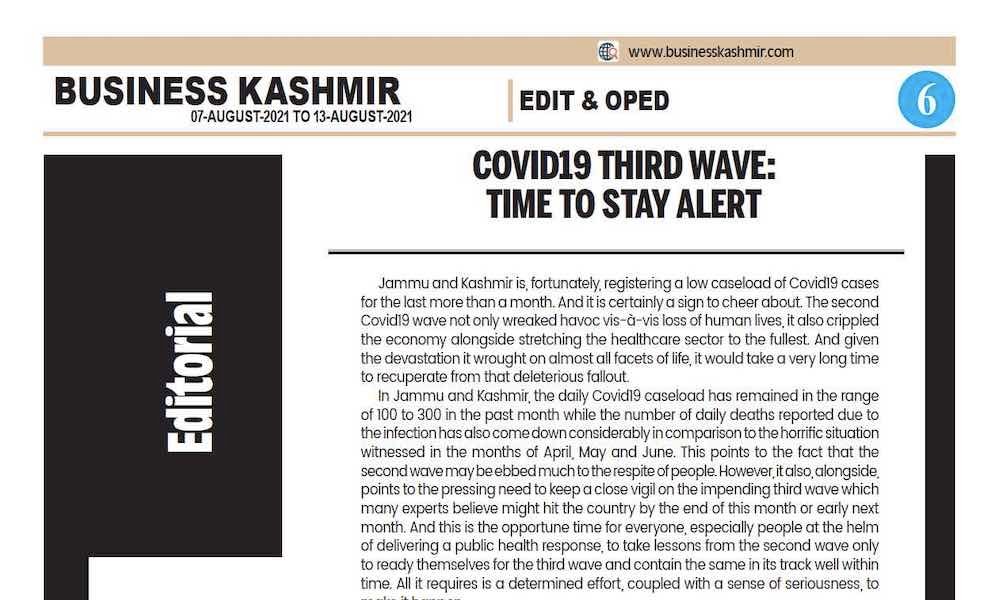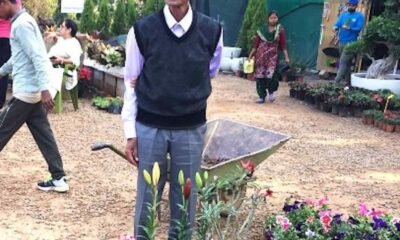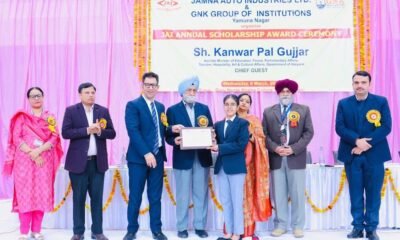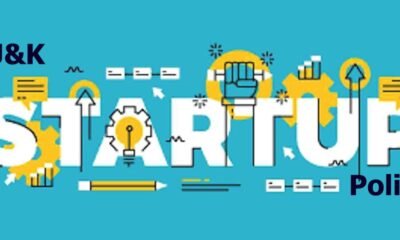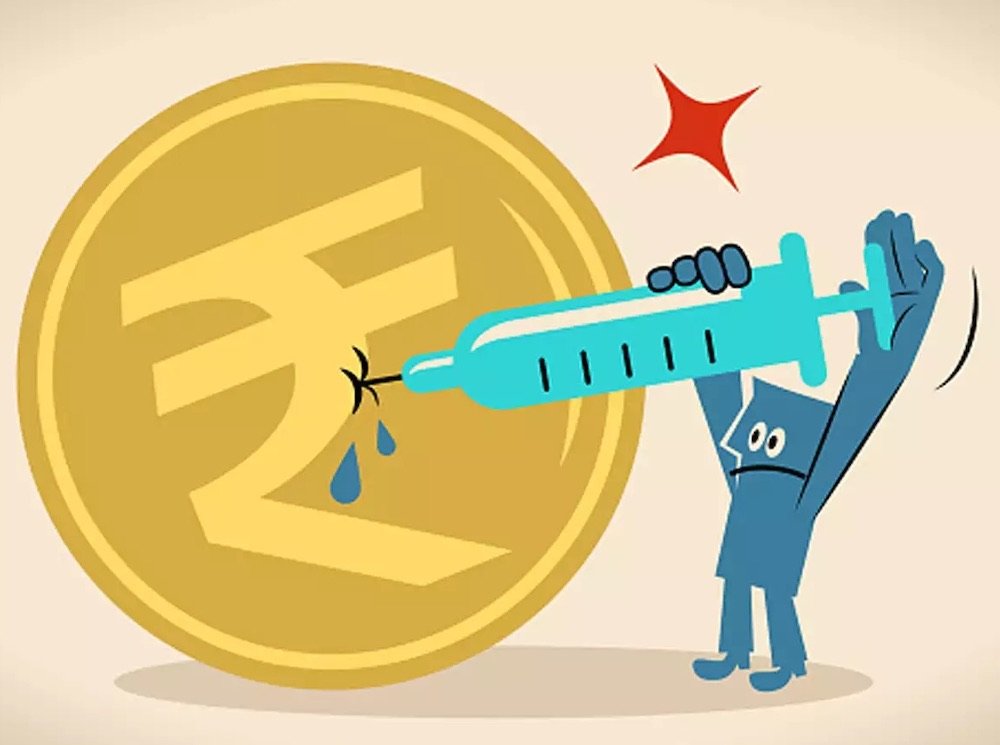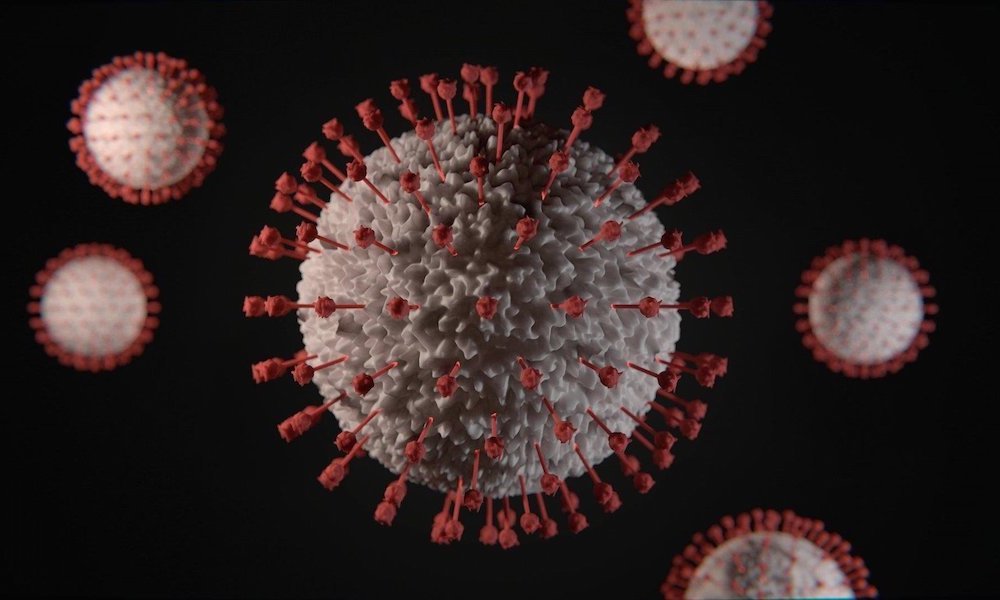Jammu and Kashmir is, fortunately, registering a low caseload of Covid19 cases for the last more than a month. And it is certainly a sign to cheer about. The second Covid19 wave not only wreaked havoc vis-à-vis loss of human lives, it also crippled the economy alongside stretching the healthcare sector to the fullest. And given the devastation it wrought on almost all facets of life, it would take a very long time to recuperate from that deleterious fallout.
In Jammu and Kashmir, the daily Covid19 caseload has remained in the range of 100 to 300 in the past month while the number of daily deaths reported due to the infection has also come down considerably in comparison to the horrific situation witnessed in the months of April, May and June. This points to the fact that the second wave may be ebbed much to the respite of people. However, it also, alongside, points to the pressing need to keep a close vigil on the impending third wave which many experts believe might hit the country by the end of this month or early next month. And this is the opportune time for everyone, especially people at the helm of delivering a public health response, to take lessons from the second wave only to ready themselves for the third wave and contain the same in its track well within time. All it requires is a determined effort, coupled with a sense of seriousness, to make it happen.
The authorities concerned must keep close track of the daily caseload across the country, especially the one related to the Delta variant of the Coronavirus, which is expected to be much more infectious, if not as lethal, than the previous variants. A close monitoring mechanism is required to be put in place with regard to incoming travellers to Jammu and Kashmir, especially from places where the resurgence of the virus is seen.
To begin with, the authorities concerned must keep close track of the daily caseload across the country, especially the one related to the Delta variant of the Coronavirus, which is expected to be much more infectious, if not as lethal, than the previous variants. A close monitoring mechanism is required to be put in place with regard to incoming travellers to Jammu and Kashmir, especially from places where the resurgence of the virus is seen. Previously, one of the flaws witnessed during the second wave was the free flow of incoming travellers to the Union Territory which led to a huge surge in cases. Alongside, all public gatherings have to be urgently limited in case of the Covid19 resurgence in the UT. Presently, public gatherings continue to remain restricted. However, many public gatherings continue to be held with the presence of a large number of people in violation of SOPs concerning Covid19. Such a phenomenon has to be curbed. And finally, the healthcare sector has to be continuously reviewed and monitored to ensure that all facilities in Covid-designated hospitals are put in place well in advance to meet the possible third wave requirements. Any laxity in this regard can cost dearly. The infrastructure in the hospitals—especially the supply of Oxygen and availability of Oxygen beds—has to be guaranteed to make the health facilities third wave-ready.
With regard to the reopening of educational institutions, the UT administration has thus far acted diligently. While it would be prudent to let online education continue to be imparted in view of the third wave concerns, any reopening of educational institutions in the month of August and September has to be strictly done in a phased manner, beginning with calling only fully vaccinated staff and students to schools, colleges and universities. It could only be problematic to allow the mass reopening of educational institutions.
While the government has to be proactive to stop the 3rd wave from making a dreadful impact in the UT, the public at large must fully cooperate by adhering to the Covid appropriate behaviour and following all Covid19 SOPs in their true spirit. Only a collective effort can stop the 3rd wave in its tracks.

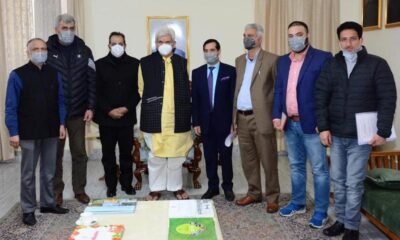

 Industry4 years ago
Industry4 years ago


 Economy2 years ago
Economy2 years ago
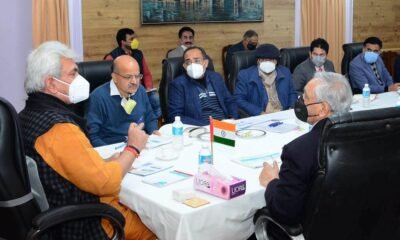

 Energy4 years ago
Energy4 years ago


 Infra4 years ago
Infra4 years ago
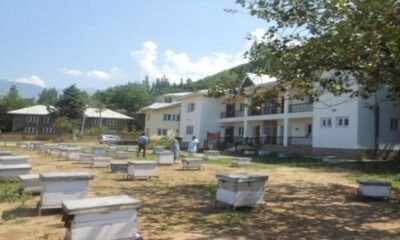

 AgriBiz4 years ago
AgriBiz4 years ago
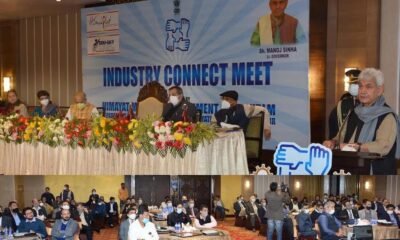

 Jobs5 years ago
Jobs5 years ago
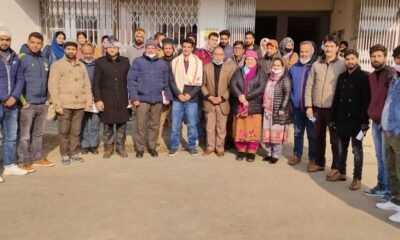

 Careers5 years ago
Careers5 years ago


 Industry5 years ago
Industry5 years ago
